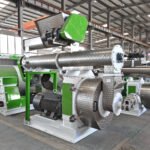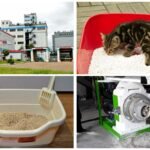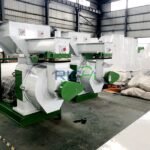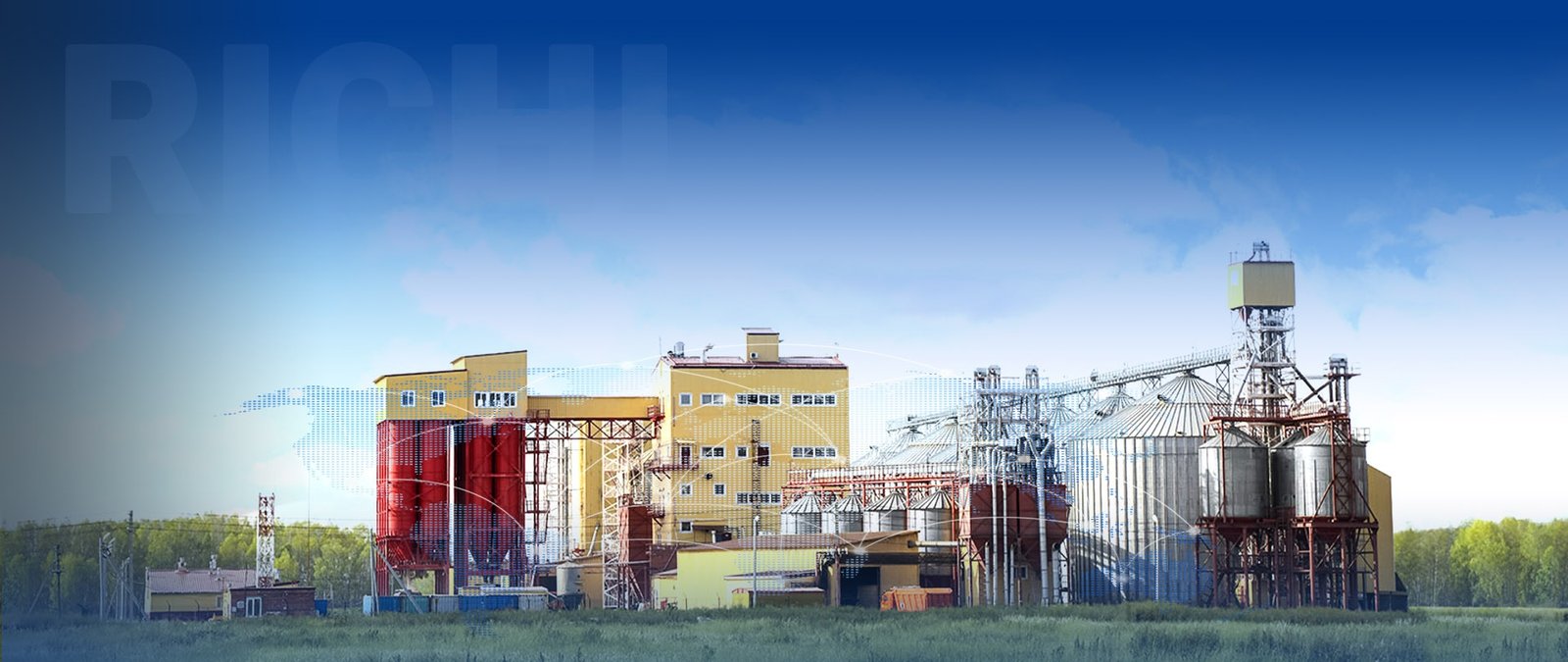A 40 tons per hour (t/h) feed mill engineering project is a major initiative within the animal feed production sector. This large-scale operation necessitates a well-organized and efficient workforce to ensure smooth functioning, uphold productivity levels, and adhere to quality standards. This article examines the typical employee requirements for a 40t/h feed mill, highlighting various roles and departments essential for its effective operation.
Key Factors Influencing Workforce Size
Several factors influence the workforce needed for a 40t/h feed mill factory:
- Level of Automation: Highly automated mills require fewer operators but may need more skilled technicians for maintenance and troubleshooting.
- Operating Hours: Mills operating 24/7 necessitate multiple shifts, leading to a larger workforce.
- Product Diversity: A mill producing a wide variety of feed types may require additional specialized personnel.
- Regulatory Compliance: Adhering to food safety and quality regulations may require dedicated staff for quality assurance.
- In-house vs. Outsourced Functions: Decisions on outsourcing certain functions, such as maintenance or logistics, will impact staffing needs.
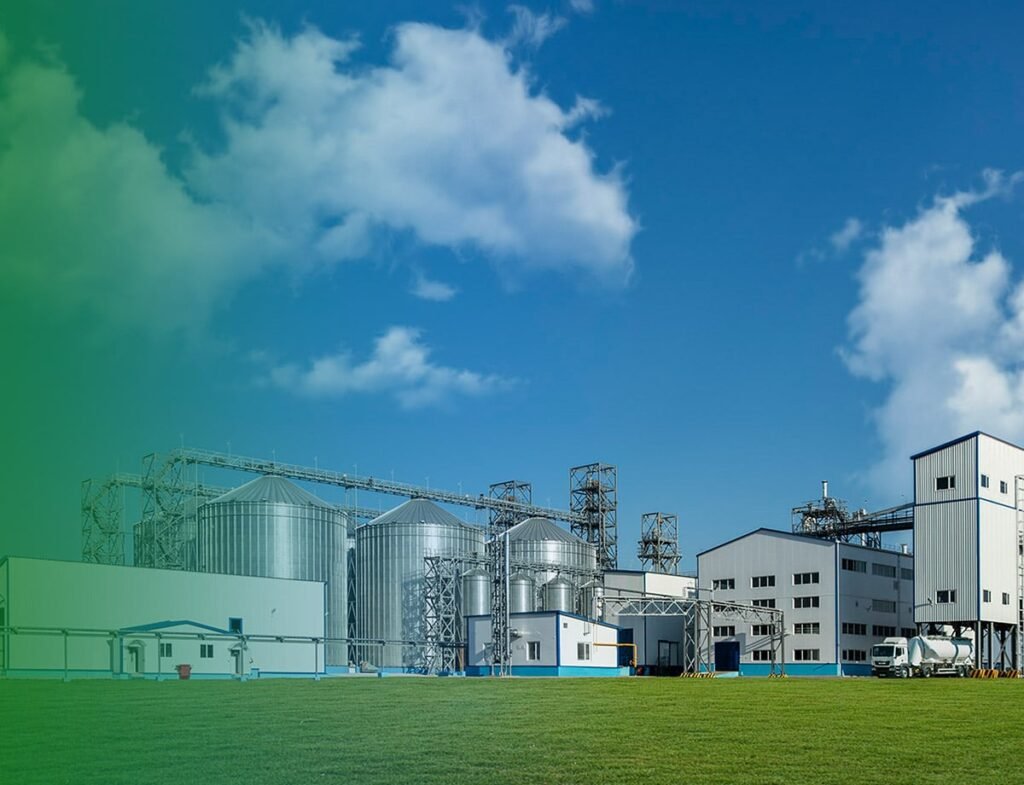
Typical Workforce Structure
For a 40t/h feed mill operating continuously, the following workforce structure is commonly observed:
Management and Administration (8-10 employees)
- Plant Manager (1)
- Production Manager (1)
- Quality Assurance Manager (1)
- Maintenance Manager (1)
- Human Resources Manager (1)
- Finance and Accounting Staff (2-3)
- Administrative Assistants (1-2)
Production Department (20-25 employees)
- Shift Supervisors (4, one per shift)
- Machine Operators (12-15, 3-4 per shift)
- Material Handlers (4-6, 1-2 per shift)
Quality Control Department (6-8 employees)
- Quality Control Technicians (4-6, at least one per shift)
- Laboratory Analysts (2)
Maintenance Department (8-10 employees)
- Mechanical Technicians (3-4)
- Electrical Technicians (2-3)
- Instrumentation Technicians (2)
- General Maintenance Workers (1-2)
Warehouse and Logistics (6-8 employees)
- Warehouse Supervisor (1)
- Forklift Operators (3-4)
- Inventory Clerks (2-3)
Sales and Customer Service (5-7 employees)
- Sales Manager (1)
- Sales Representatives (3-4)
- Customer Service Representatives (1-2)
Research and Development (2-3 employees)
- Nutritionists (1-2)
- Feed Formulation Specialist (1)
Total Workforce: 55-71 employees
Detailed Role Descriptions
Management and Administration
The management team oversees all aspects of the feed mill operation, ensuring efficiency, profitability, and compliance with regulations. Administrative staff handle daily office operations, human resources functions, and financial management. (Related post: animal feed pellet plant)
Production Department
As the core of the feed mill, this department includes shift supervisors who oversee production activities, machine operators who run and monitor various equipment (such as grinders, mixers, and pellet mills), and material handlers who manage the flow of raw materials and finished products.
Quality Control Department
Quality control technicians perform regular inspections during production to ensure that feed meets specified standards, while laboratory analysts conduct detailed tests on raw materials and finished products to verify nutritional content and detect contaminants.
Maintenance Department
This team is essential for the feed mill’s smooth operation. Mechanical, electrical, and instrumentation technicians perform preventive maintenance, troubleshoot issues, and conduct repairs. General maintenance workers assist technicians with various tasks.
Warehouse and Logistics
This team manages the storage and movement of raw materials and finished products. The warehouse supervisor oversees inventory management, while forklift operators handle material movement and inventory clerks maintain accurate stock records.
Sales and Customer Service
The sales team is responsible for marketing products and maintaining customer relationships, while customer service representatives address inquiries, process orders, and resolve client concerns.
Research and Development
Nutritionists and feed formulation specialists focus on developing new feed formulations, improving existing products, and staying informed about advancements in animal nutrition.
Factors Affecting Workforce Size
While the above structure provides a general guideline, several factors can impact the actual number of employees required:
- Seasonal Variations: Some feed mills may experience fluctuations in demand, necessitating temporary staff during peak periods.
- Local Labor Market: The availability of skilled workers in the area can influence staffing decisions and the need for training programs.
- Regulatory Environment: Stricter regulations may require additional quality control or compliance personnel.
- Technology Adoption: Implementing advanced automation or software systems may reduce the need for certain positions while creating demand for technically skilled roles.
- Company Culture and Management Philosophy: Some companies may prefer a leaner structure with multi-skilled employees, while others may favor more specialized roles.
Optimizing Workforce Efficiency
To enhance efficiency in a 40t/h feed mill, consider the following strategies:
- Cross-Training: Encourage employees to learn multiple roles to increase flexibility and reduce the need for additional hires.
- Continuous Improvement: Implement programs that empower employees to identify and suggest efficiency enhancements.
- Invest in Training: Regular training programs can improve employee skills and productivity, potentially reducing the need for new hires.
- Leverage Technology: Use advanced control systems and software to automate routine tasks and improve overall efficiency.
- Outsource Non-Core Functions: Consider outsourcing tasks like cleaning, security, or specialized maintenance to focus internal resources on core operations.
Conclusion
A 40t/h feed mill engineering project typically requires a workforce of 55-71 employees across various roles, from production and quality control to sales and administration. This structure ensures the mill can operate efficiently, maintain high-quality standards, and meet customer demands.
However, the exact number of employees can vary based on factors such as automation levels, operating hours, product diversity, and local regulations. As the feed industry evolves with an increasing focus on efficiency, quality, and sustainability, the workforce structure may also need to adapt.
Managers of 40t/h feed mills should regularly assess their workforce structure, taking into account current needs and future industry trends. By optimizing the workforce through strategic hiring, cross-training, and leveraging technology, feed mills can enhance competitiveness, ensure product quality, and meet the growing demands of the animal feed market.
For details please contact: Richi Pellet Mill
WhatsApp:86 138 3838 9622
Email:enquiry@richipelletmachine.com



